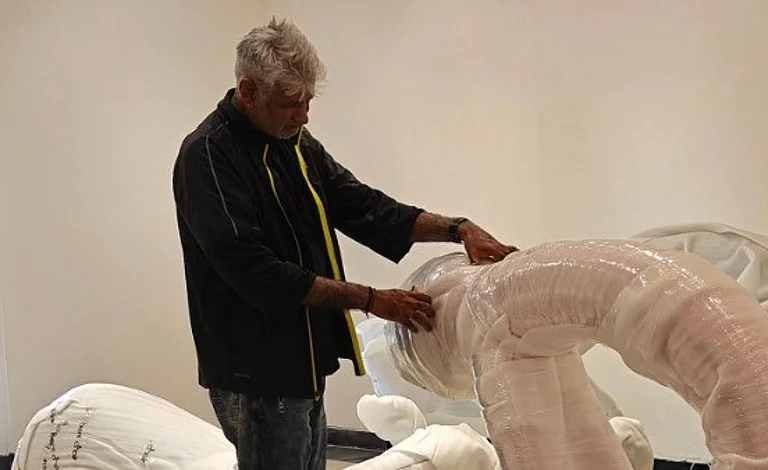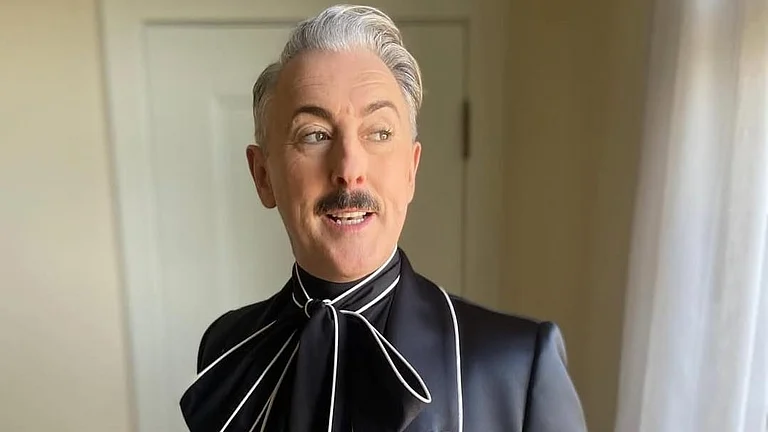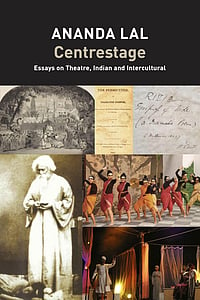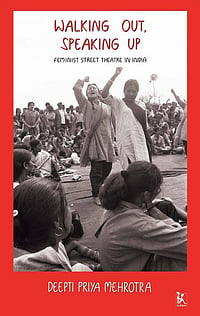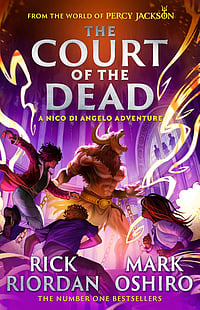Snuggled under blankets in the freezing cold of a dak bungalow in Kurseong, trying to find a way to fill the vacuum in the clouds that appear over the valleys at dawn with pencil strokes, 62-year-old English painter Edward Lear has an onerous task in front of him. Add to that the fact that he is overweight, struggles with asthma, and is possibly epileptic — he falls off his sketching stool at one point with larks singing around him. Despite all these hurdles, Lear embarks on a determined mission with his faithful manservant at his side— to immortalise the majestic Kanchenjunga on canvas according to a lordly decree from his patron the Viceroy of India which may result in other commissions and more travels.
Lear has travelled in his early life, to Corfu, Greece and the Balkans with his friend Lushington but has never ventured to India till now. In his 60s, he comes to a country of exotic dreams, an artist’s paradise for which he is willing to undergo hardship if required — which it is.
Lear’s art condemns him to the status of an enigmatic outsider, someone unsure about what he feels when contemplating the British domination of India — and he has ample opportunities to contemplate it. His work takes him up and down the diverse terrain of the land he has always wanted to visit through bone-jarring rides in pony carts, jampans, and trains which puts him into intimate contact with the complex web of individuals who sustain the vast machinery of the Empire — administrators, missionaries, khitmutgars, and khansamahs. Not to mention the terrifying cummerbund. Out of this cultural symphony, he composes nonsense verse with a distinctly Indian flavour for the children ‘English ducks’ that he meets in residencies and hotels, who are familiar with his work and welcome him as a celebrity while assuring him that they can always write better than he does. A pharmacologist in a shop whom Lear thinks is a very unlikely fan also recognises him and confesses his deep love of limericks. He also meets beautiful Eurasians who have found their way into marriages with Englishmen and imagines them in all their vibrancy in Holman Hunt paintings.
Engaging in verbal duels with pompous British officers, Lear wields his wry humour as a weapon, breaking down words and syntax while also acclimatising himself to the polyphony of local languages — even attempting to speak Hindustani on occasion and finding that people understand him. He even publishes his work in the Times of India — much to the disgust of a local memsahib.
As he loses himself in the contemplation of forts and rivers, in encounters and experiences, Anindyo Roy gives us glimpses into Lear’s past, marked by fears and uncertainties that arise out of an unhappy childhood, his health issues, and the lingering memories of unfulfilled adult relationships. There are pictures in his mind of his sister Ann’s long pale fingers, the girl he might have proposed to many years later, and his feelings for Lushington. His friendship with Tennyson is mentioned and the verse Tennyson wrote for him. There are excursions through the gardens of many stately homes that give us a picture of Lear’s past and his rise through the hierarchies of society which takes him to the innermost reaches of Buckingham Palace through his talent, transcending his life as a child in an attic, and his sister’s tattered woollen shawl. What emerges is Lear’s love of nature, plants, birds and insects, and the flavour of the time, both in Britain where he taught Queen Victoria how to sketch and later in India debating on the beauty of the Taj Mahal in a slowly considered fashion that went beyond colonial prejudice.
The fact that Lear travelled to India, visited Calcutta, and sketched forts and palaces, not to mention his watercolour of the Kanchenjunga, is relatively unknown. Roy takes Lear’s journals for inspiration and creates a fictionalised portrait of someone whose nonsense verse and sketches are well known though not the scope of his artistry, which would impress a viceroy. Through a combination of prose, quotes from Lear’s journals, intermittent verse and imagination, ‘The Viceroy's Artist’ paints the portrait of an individual who was undoubtedly extraordinary, gifted with boundless imagination, insatiable curiosity and a profound compassion for the world. The Mutiny, for example, haunts him along with Ghalib’s experiences during the fall of Delhi, and the British occupation makes him wonder about its effect and efficacy.
Roy writes at a pace suitable for the time he is portraying, slow, embellished with detours of narrative as suits a voyage through both mind and body. He also imitates Lear’s style in a story written for children.
Roy’s narrative follows Lear’s wanderings, his determination to rise above circumstance, and his contemplation of the new life he has discovered, merging timeframes in Lear’s mind in what might be called a type of stream of consciousness till his journey comes full circle.
(‘The Viceroy’s Artist’ by Anindyo Roy was published by Hachette.)








